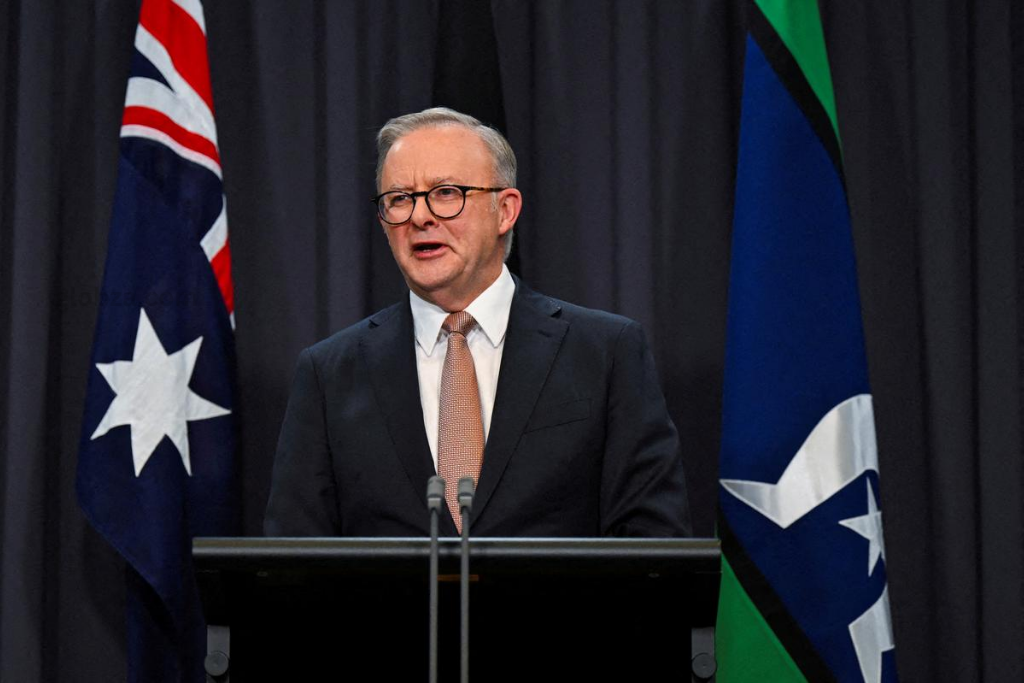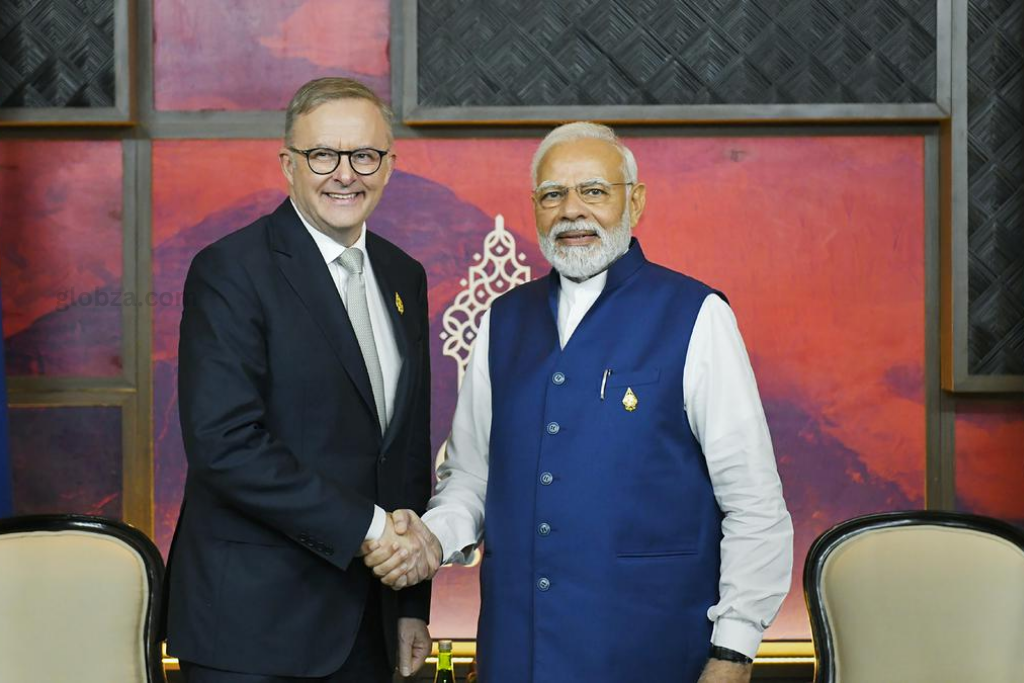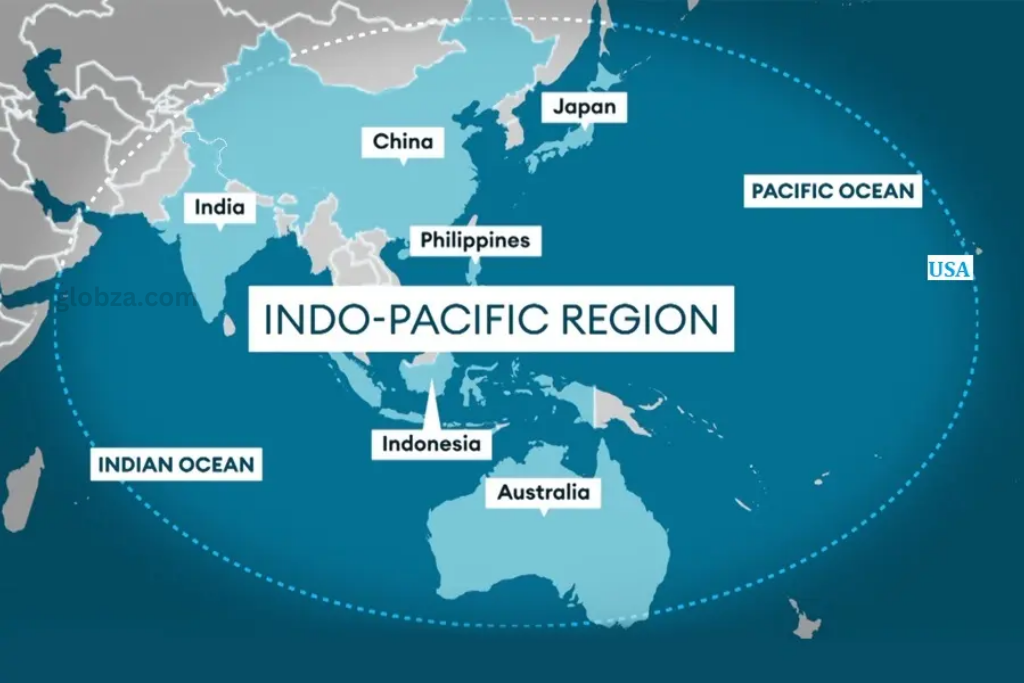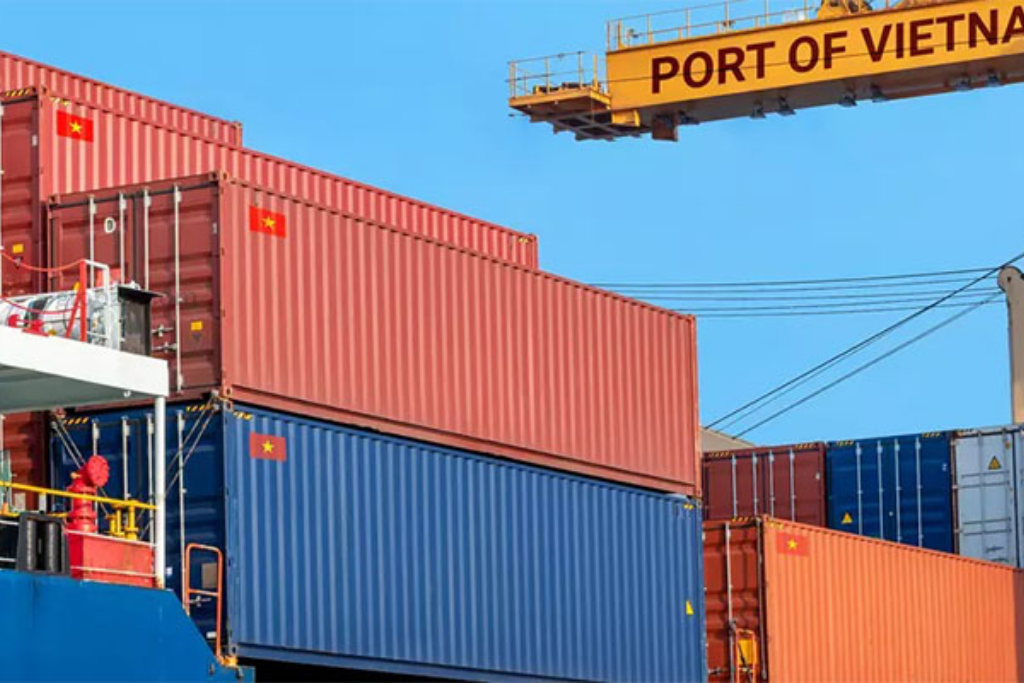A Crossroads in Trade Diplomacy – Why Australia Declined China’s Hand

Amid rising global tariff tensions and intensifying trade disputes, Australia has firmly clarified its position: it will not side with China in opposition to tariffs imposed by the United States. Even though Australian exports have been subjected to a 10% tariff by the US, the nation is choosing to navigate an independent course—one that emphasizes its sovereign national interest and long-term diplomatic objectives. Rather than forming reactive or opportunistic alliances, Australia is opting for a measured and strategic approach, seeking to maintain balanced relationships while safeguarding its economic resilience and geopolitical credibility on the world stage.
“It’s about pursuing Australia’s national interests, not about making common calls with China.” – Richard Marles, Defence Minister
The appeal for greater cooperation was voiced by China’s ambassador, Xiao Qian, who openly criticized U.S. trade policy, labeling it as “hegemonic and bullying.” However, Australian Prime Minister Anthony Albanese promptly and firmly rejected the proposal, underscoring Australia’s commitment to maintaining an autonomous foreign policy. He reiterated the nation’s determination to chart its own course, free from external pressures, and emphasized a forward-looking strategy focused on economic diversification, resilience, and strengthening ties with a broader range of global partners.
Why Australia Refused to ‘Join Hands’:




Economic Strategy – Diversification Over Dependency

Australia is not merely declining China’s call for alignment—it is actively recalibrating its broader economic strategy. Recognizing that more than 80% of its trade occurs outside the United States, the Albanese government is turning its attention toward strengthening partnerships with key global players such as India, Indonesia, the United Kingdom, and the United Arab Emirates. This deliberate pivot reflects a strategic effort to future-proof Australia’s economy, enhance trade diversification, and reinforce national resilience amid an era increasingly shaped by geopolitical tensions and global trade fragmentation.
“Eighty percent of trade does not involve the United States. There are opportunities for Australia and we intend to seize them.” – Prime Minister Anthony Albanese
From the Indo-Pacific to Europe, Australia is intensifying its trade diplomacy with renewed urgency. Trade Minister Don Farrell has proactively initiated discussions with key regional partners, including Singapore, South Korea, and Japan—nations seen as vital to building a more balanced and resilient economic framework. This evolving strategy is aimed at reducing overreliance on any single market by cultivating a diversified web of trade relationships, thereby safeguarding Australia’s economic sovereignty in an increasingly uncertain global landscape.
Australia’s New Trade Priorities:




Strolling the Political Tightrope – Adjusting Partners and Autonomy

Australia’s decision to remain neutral in the escalating US-China trade dispute underscores a deeper balancing act within contemporary geopolitics. While steadfast in its security alliance with the United States, Canberra is equally mindful of the importance of maintaining stable relations with China—its largest trading partner. This delicate approach reflects a strategic tightrope walk, where economic interests must be carefully weighed against longstanding diplomatic loyalties. It is a nuanced dance between safeguarding national security and preserving vital trade links, emblematic of the complex choices facing middle powers in an increasingly polarized world.
“We don’t see our connections as commonly elite. We oversee them with rule and pragmatism.” – Penny Wong, Remote Minister
This diplomatic stance highlights Australia’s commitment to a multi-vector foreign policy—one that prioritizes flexibility and pragmatism over rigid alignment. As a middle power, Australia’s strategy is not about choosing sides, but about expanding its range of options in an increasingly fluid and unpredictable global environment. By fostering diverse partnerships and maintaining strategic autonomy, Australia positions itself to navigate shifting power dynamics while safeguarding its national interests on multiple fronts.
How Australia Is Adjusting Relationships:




The Ripple Effect – What This Means for Asia-Pacific Trade

Australia’s independent course may well set a compelling precedent for other Asia-Pacific nations navigating the turbulence of US-China tensions. As regional economies look for ways to shield themselves from the volatility of great power rivalry, Canberra’s measured and diversified approach could serve as a model for strategic autonomy. By demonstrating how a middle power can recalibrate its trade partnerships without jeopardizing key alliances, Australia is quietly reshaping the regional playbook. Smaller nations are observing closely, weighing how this evolving economic realignment might inform their own paths toward stability and resilience.
“Australia’s choice reflects a broader regional desire to decouple from dependency and strengthen resilience.” – Trade Analyst, Asia Economic Forum
By rejecting binary allegiances, Australia is carving out a “third way” in trade diplomacy—one that champions cooperation without confrontation. This nuanced approach not only affirms Australia’s commitment to strategic independence but also opens the door for a more cohesive and pragmatic regional bloc. Rooted in shared economic interests rather than ideological divides, such a coalition could foster greater stability, resilience, and innovation across the Asia-Pacific, offering a constructive alternative to the zero-sum dynamics that often dominate global trade discourse.
Potential Impacts on the Region:








